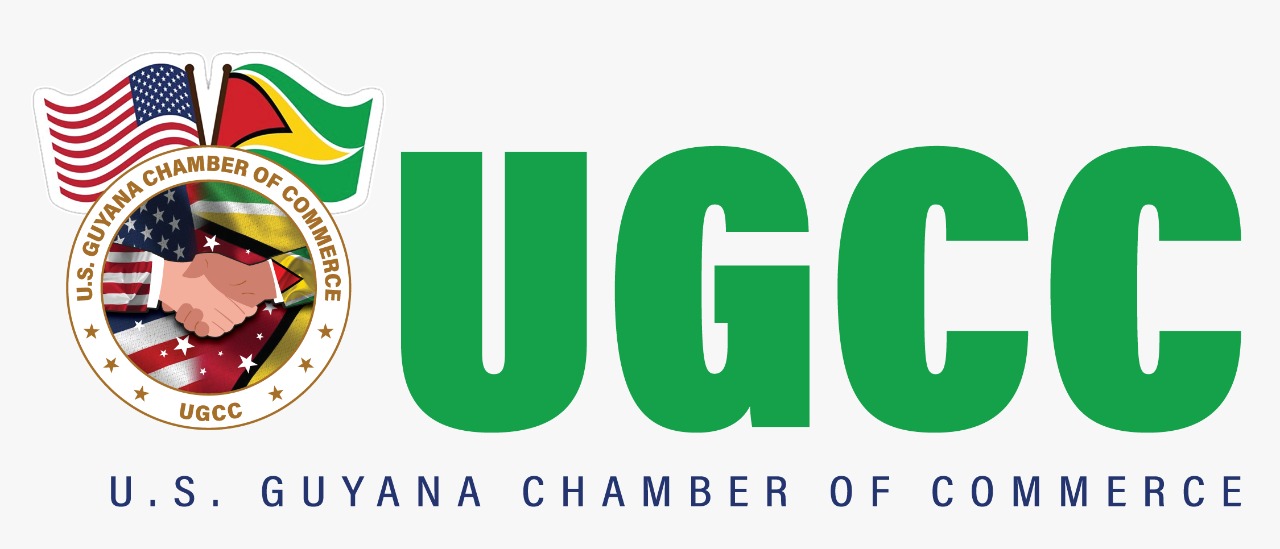Economy of Guyana

Guyana’s long-struggling economy was radically transformed in 2015 with the discovery of a rich offshore oil field in the country’s waters about 120 miles from Georgetown. By the end of 2020, another 17 oil fields had been found in Guyana’s Stabroek Block, and it was projected that by 2025 these fields would be yielding some 750,000 barrels of oil per day. Exxon, which made the discoveries, entered into a partnership with Guyana, and in December 2019 it began production in the first field discovered. Burgeoning oil production promised to spur growth in other economic sectors and to dramatically raise the country’s standard of living.
The economic picture for Guyana had not always been so rosy. For several decades following independence, Guyana remained locked into a typical colonial economic dependency on agricultural and mined products, most notably sugarcane and bauxite. Economic reforms were passed under a socialist-leaning government, but the effect on the economic cycle was minimal. During the 1970s the government nationalized private U.S. and Canadian bauxite holdings; in 1976 it nationalized the vast holdings of the Booker McConnell companies in Guyana, which included coastal sugarcane plantations as well as an array of light manufacturing and commercial enterprises. By the mid-1980s it was estimated that the government controlled directly more than four-fifths of Guyana’s economy. All nationalized businesses were reorganized under the Guyana State Corporation. The state-owned Guyana Sugar Corporation controlled the sugarcane plantations, and the Guyana Mining Enterprise Ltd. was established to oversee local mineral production.
Beginning in the 1990s, a privatization program was carried out, and government control was reduced. By the early 21st century, the government had secured foreign direct investment in the agriculture, forestry, mining, and petroleum sectors. However, Guyana continued to struggle with a shortage of skilled labour, an unstable infrastructure, and large external debt. (Its major donor, the Inter-American Development Bank, canceled Guyana’s debt in March 2007.)
